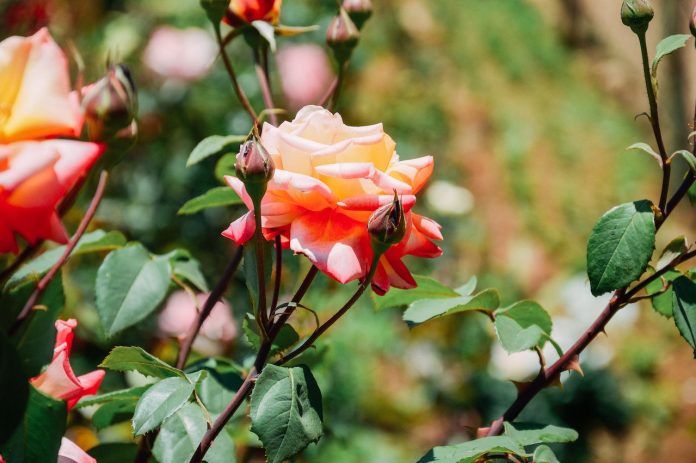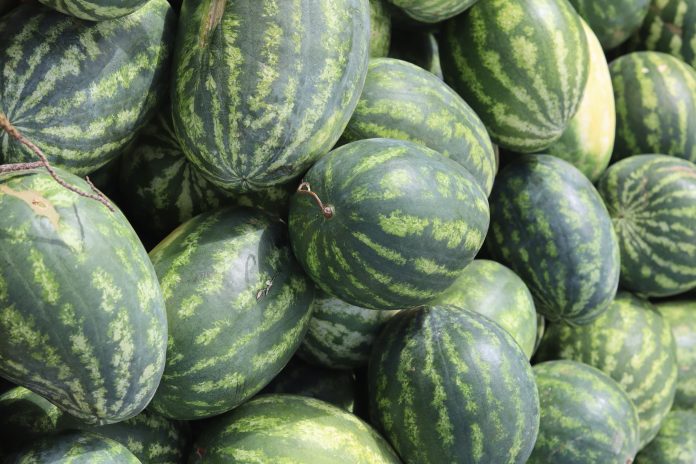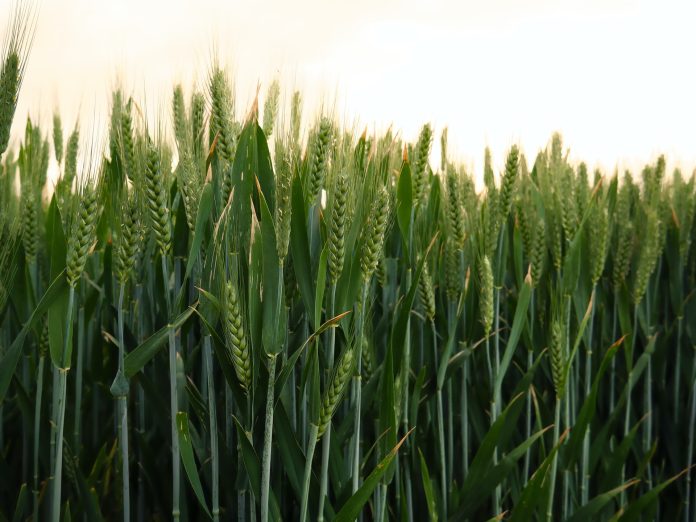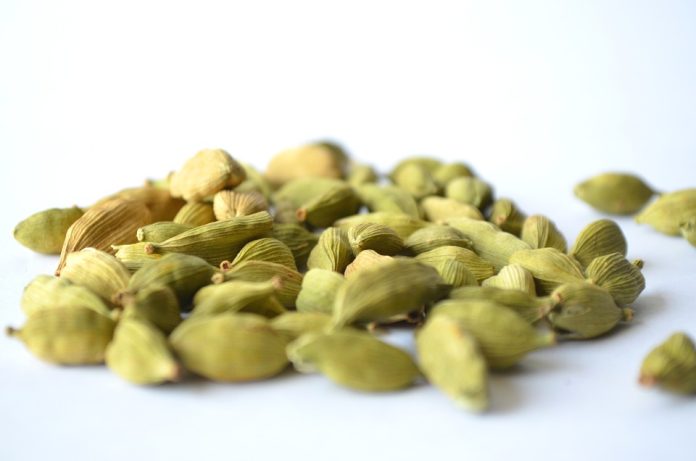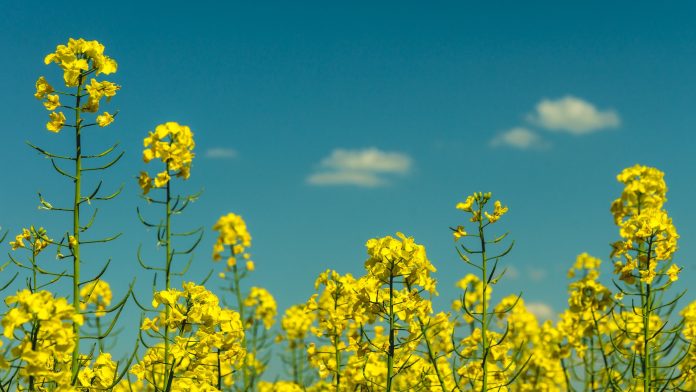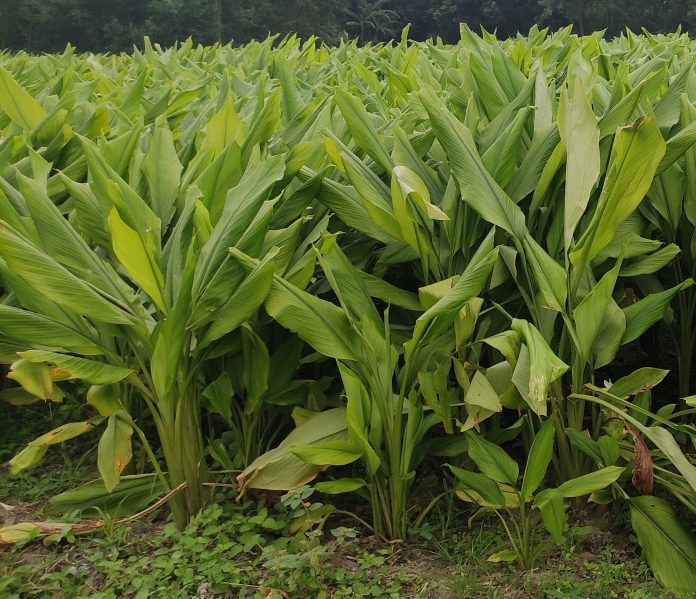India is one of the biggest flower producers. In the year 2021-22 alone India exported 23,597.17MT of floriculture products to the world for the worth of Rs. 771.41Crores. In the same year, the country produces 2.1 million tons of loose flowers and 0.8 million tons of cut flowers. In India, Karnataka, West Bengal, Uttar Pradesh, Gujarat, Tamil Nadu, Madhya Pradesh, Chattisgarh, Orissa, Assam, and Telangana are major flower producers.
Difficulty Level: Hard
Selection of Seeds
There are different kinds of roses to choose from. There are different colors, sizes, shapes and cultivation periods. Some of the popular varieties are Gladiator, Baby Pink, Sofia Lawrence, YCD 1, YCD 2, YCD 3, Edward Rose, Andra Red Rose and Button. There are different types of cut roses and roses are cultivated for value-added products.
Rose Planting Materials & Seed Treatment
Rose plants are usually cultivated from clippings. These are stems, branches or other woody parts from the mother plants. The cuttings when cut must have at least two to three healthy buds. These clippings are then dipped in IBA or IAA at 500 ppm. The clipping must be sown immediately after treatment.
Nursery Bed Preparation for Rose
Roses are usually started with nursery bags. The bags are filled in with the potting mix, FYM, and 6:12:12 g of NPK. The cuttings will start rooting within one month. And rooted cuttings will be transplanted into the main field.
Land Preparations for Rose
The field needs to be ploughed. Pits of 45 cm x 45 cm x 45 cm are dug at 2.0 x 1.0 m spacing. And 10 kg FYM mixed with Azospirillum and Phosphobacteria is added to each pit before planting.
Soil Type Requirements for Rose
Rose requires well-drained soil and optimally sandy loam.
Conclusion
Roses are a sensitive crop to be cultivated. Roses require a lot of nutrient management. Roses come in various colors and sizes and different shapes.
FAQs
- What are the common rose types cultivated?
Hybrid Tea, Floribunda, Polyantha, Miniature and climb are the common rose types grown.
- How to do seed treatment for rose?
The cuttings (Planting material) with 2 – 3 buds should be dipped in Multiplex Plant Aid (Mixture of IAA, IBA, GA3 and Alpha Napthyl acetic acid) at 1g/l. Then, the cuttings must be sown immediately after treatment.
- What are the different methods of propagating rose?
Roses are mainly propagated by cuttings, layers and by budding. Budding is the best method for commercial propagation.
(Cutting – a stem, root, or leaf that is cut from a plant and induces to form roots and/or shoots, thus producing a new plant
Layering – Plant propagation in which a portion or an above ground stem grows roots while still attached to the parent plant and then detaches.
Budding – It is a horticultural technique in which a bud of plant is inserted into a second plant.)
- What is the NPK recommendation for rose?
The general dose of fertilizer recommendation for Commercial rose is 6:6:12 g NPK/plant and for Hybrid rose is 8:8:16 g NPK/plant. The commercial quantity to be applied per plant is given in the table below.
| Nutrient | Fertilizers | General Dose
Commercial Rose (g/plant) |
Hybrid Rose (g/plant) |
| Organic | FYM
|
10 kg/plant | 10 kg/plant |
| N | Urea (or) | 13g | 17g |
| Ammonium Sulphate | 29g | 39g | |
| P | Single Super Phosphate (SSP)
|
38g | 50g |
| Double Super Phosphate (DSP) | 19g | 25g | |
| K | Muriate of Potash (MOP) (or) | 20g | 27g |
| Sulphate of Potash | 24g | 32g | |
| Mn | Multiplex Manganese Micronutrient Fertilizer | 2.5g/litre
(Foliar spray) |
2.5g/litre
(Foliar spray) |
| MgSO4 | Multiplex Mag (Magnesium Sulphate) | 3-4g/litre
(Foliar spray) |
3-4g/litre
(Foliar spray) |
| Fe | Shamrock Iron (Ferrous) Chelated Micronutrient | 1g/litre
(Foliar Spray)
|
1g/litre
(Foliar Spray)
|
| B |
Linnfield boron 20% micronutrient fertilizer
|
0.3-0.5g/litre
(Foliar spray) |
0.3-0.5g/litre
(Foliar spray) |
- What is the ideal time for transplanting rose cuttings?
The cuttings will start rooting within one month and then the rooted cuttings will be transplanted to the main field.
- What is the plant growth regulator used for rose cultivation?
Spray Hoshi Sumitomo (Gibberellic acid 0.001%) at 250 ml/acre (30 days after pruning) during early vegetative stage to increase the flower production.
- What is the ideal season for planting rose?
Planting can be avoided during hot summer and heavy rains. In plains, roses can be best planted during Sep – Oct after cessation of the rains. In hills, planting can be done during Oct-Nov/Feb-Mar.
Note: The information contained herein is for informational purposes only. Nothing herein shall be construed to be financial or legal advice. Pesticides are a considerable risk of loss in crops and viewers are advised to do their own research before making any decisions.

